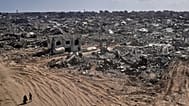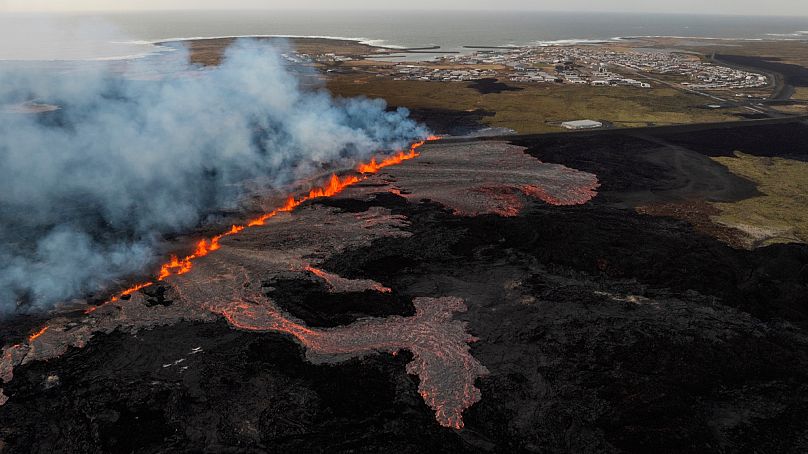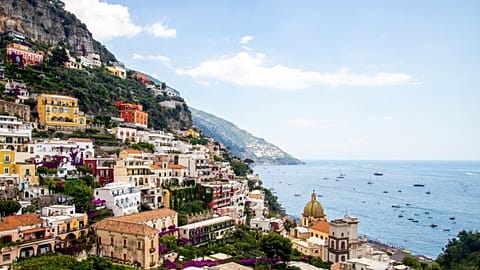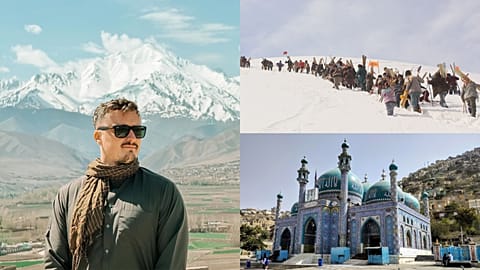Europe has retained its safe reputation in a new travel report, but last year’s winner has been de-throned.
The safest country in the world for travellers in 2026 has been revealed, as US tourists show considerable favour towards Europe.
Berkshire Hathaway Travel Protection has released its latest safety rankings using data from the Global Peace Index, Numbeo and an average of the GeoSure Global scores of the major cities in each country.
It has analysed these statistics along with a survey of American travellers who have visited select countries within the last five years.
World’s safest country for travellers in 2026
The Netherlands won first place due to its high ranking on the Global Peace Index and Numbeo, with The Hague and Eindhoven making the top 12.
US travellers also praised the country for its health measures, arguing it is a safe destination for females, LGBTQIA+ travellers, and people of colour.
However, travel experts still warn tourists to “watch out” for cyclists, as many Dutch cities have their own bike lanes, which require pedestrians to look both ways before crossing.
“Young bikers’ affinity for high-speed, mini-bike-like e-bikes adds another element of danger,” the report adds.
While Australia came second, the league tables were dominated by European countries.
In fact, out of the world’s 10 safest countries for travellers in 2026, 50 per cent are in Europe. In the top 15 list, Europe took two-thirds of the positions.
- Netherlands
- Australia
- Austria
- Iceland
- Canada
- New Zealand
- United Arab Emirates
- Switzerland
- Japan
- Ireland
- Belgium
- Portugal
- France
- United Kingdom
- Denmark
Has Iceland become less safe?
While Iceland was ranked as last year’s winner - and is categorised as the world’s most peaceful country on the Global Peace Index - it came 4th in this year's list for travellers.
The de-throning was caused by multiple eruptions at the Sundhnúksgígar fissure, which belched columns of smoke into the air and saw dramatic lava flows breach protective barriers near the fishing town of Grindavik.
Tourists at the nearby hotspot of the Blue Lagoon geothermal spa were evacuated as a precaution.
“Eruptions always carry the potential for disruption, but they’re particularly problematic in Iceland, since the lava flows very often affect the one main road that rings the country,” the report says. “This has the potential to leave travellers stranded.”
Despite the volcanic activity, Iceland received 1**.8 million international tourists** in the first nine months of 2025 as it eyes a potentially record-breaking year.
UK’s safety score drops
The United Kingdomhas dropped from 13th to 14th place this year, despite survey respondents giving the country high marks for overall safety and health.
“While London is a safe city compared to many cities in the US, especially in terms of violent crime, it does have some issues with less-serious crimes like theft which can nonetheless be upsetting to travellers,” the report says.
Experts urge tourists to watch out for cybercrime by avoiding using public Wi-Fi networks and making purchases on unsecured websites.
How travel safety changes
Berkshire Hathaway Travel Protection explains that its safety rankings are from a “point in time” and can very quickly change.
“We’ve had wildfires ravage Australia shortly after it was named a top-five safest destination and volcanoes spew lava all over Iceland similarly,” it says.
It’s therefore important that no matter how “safe” a country is deemed, tourists should make sure they keep themselves protected and stay ahead of any travel-safety issues.



















